After a six-year hiatus and plenty of controversy, the Victoria’s Secret Fashion Show finally returned. The event was star-studded and boasted incredible musical performers, but the reboot of the once-iconic fashion show left many viewers wanting more.
From 1995 to 2018, the fashion show was one of the biggest pop culture events of the year. The shows created many viral moments, including Bella Hadid strutting by her fresh ex The Weeknd on the catwalk, and Rihanna delivering one of her most memorable performances. The outfits that were worn would set trends, and the limited-edition robes would sell out in stores each year. The shows also solidified the careers of countless supermodels, including Adriana Lima, Alessandra Ambrosio and Gisele Bündchen.
The reign of the Victoria’s Secret fashion show slowly began to unravel when viewers began expressing complaints, starting with a desire for more ethnic diversity amongst the models and size inclusion. This was snuffed by VS, who continued to employ mainly white models of the same ultra-petite size. In 2018, CMO Ed Razek was confronted with these requests where he publicly stated the fashion show was a “fantasy”, and thus should not include trans or plus-sized models. Furthermore, a team of journalists discovered that in the 1990s, Jeffrey Epstein served as an advisor to Les Wexner, Victoria’s Secret chief executive. These controversies coming to light around the time of the #MeToo movement was a devastating blow to the brand.
Victoria’s Secret’s resistance to inclusion and diversity allowed brands like Savage X Fenty by Rihanna to skyrocket in popularity. The Savage fashion shows were extremely high-production and featured models of all ages, ethnicities, sizes, and sexual identities. The difference in approach was nothing short of a 180 from Victoria’s Secret, and consumers took note. In March 2022, Bloomberg reported that Savage X Fenty was being valued at $3 billion, despite being less than five years old and only a few physical storefronts.
In the wake of the rampant controversy and subsequent emergence of more inclusive brands, Victoria’s Secret began closing many storefronts and shut down their swimwear and activewear lines. In an ardent effort to save face, the brand replaced the title “Angel” with a new concept called the “VS Collective” in 2021. The campaign starred figures such as American soccer player and LGBTQ2S+ icon Megan Rapinoe plus Paloma Elsesser, a biracial model and inclusivity advocate. Despite the shift toward a more diverse and inclusive image, many felt that that campaign was too little too late and inauthentic.
On a positive note, this year’s show had a much more inclusive range of models. Plus-size supermodel Ashley Graham starred in the show for the first time ever, and older supermodels including Carla Bruni and Kate Moss were other notable additions. The show welcomed back some of their previous angels like Bella Hadid, Gigi Hadid, Doutzen Kroes, Adriana Lima, Behati Prinsloo and Candace Swanepoel. In a history-making decision, Valentina Sampaio and Alex Consani were the first two transgender models to strut the catwalk in the show’s history.
From a beauty perspective, Victoria’s Secret models were always known for the iconic “Angel” glam look, but this was not the case this year. The signature VS Angel bouncy blowouts were replaced with simpler limp waves, and the ultra-feminine shimmery makeup waws swapped with more neutral, matte tones. The signature “bombshell” look was clearly not a priority for this show. Not very Victoria.
Many of the wardrobe choices seemed pedestrian or dated, looking like they were taken off the rack from a VS store or designed in the early 2010s. The innovative and current Victoria’s Secret of the future, the whole point in reinventing the fashion sow, was not reflected in the runway presentations. Simply put, the craftsmanship and high-fashion vision that previously went into the runway pieces was absent. There was a recurring theme of fishnet skirts with crystals, which were in style during festival season a few years ago and sold by inexpensive sites like Pretty Little Thing (I know this because I had one). There were even two models who wore the exact same looks. To further illustrate this, model Mika Schneider has been going viral due to her incredibly plain outfit and unimpressed demeanour on the catwalk.
The runway itself seemed almost dystopian. The ginormous, grey catwalk enveloped the models, and the sheer size of it was further accentuated due to the lack of embellishments and detail. Was this a lack of budget and vision, or done by design? The set was far cry from the sparkly, playful design of 2005 that had ginormous teddy bears on either side of the stage, wrapped gifts along the back, and ribbons falling from the ceilings.
The shoes that all the models wore were by René Caovilla, trademarked by the coil that goes up the ankle and leg. They were beautiful, but the seasoned models seemed to be struggling to walk in them. Additionally, veteran Doutzen Kroes got her heel stuck in a crevice on the runway. She struggled for quite a while to get it out and had to complete the runway with her shoe half-on. For a company whose reputation was once built around this fashion show, elementary errors like this shouldn’t have happened.
Viewers also waited patiently for the reveal of the Fantasy Bra, a multi-million-dollar bra made entirely of precious gemstones that is custom-made for the show. However, this beloved VS signature was not included. Furthermore, supermodel Tyra Banks closed the show, but her look was noticeably more conservative and basic compared to others. Black leggings to close the return of the world’s most iconic lingerie fashion show was a peculiar choice. To inject excitement back into the brand, should this show not have been triumphant and bold in every regard?
As much as Victoria’s Secret attempted to create a comeback with more inclusivity in their 2024 fashion show, the magic of its golden years seems to have faded. The X-factor, energy, excitement and production value that made the previous shows so memorable was not recreated. While this year’s show made strides in representation, it felt disconnected from the grandeur and visionary energy that once defined it. It seems that Victoria’s Secret never was able to successfully read the room and missed the mark on what made the previous shows special, despite a few long overdue improvements. Perhaps the show’s era of influence has passed, leaving room for even more brands to lead the way in creative captivating and inclusive fashion spectacles. —Maddie Clerides
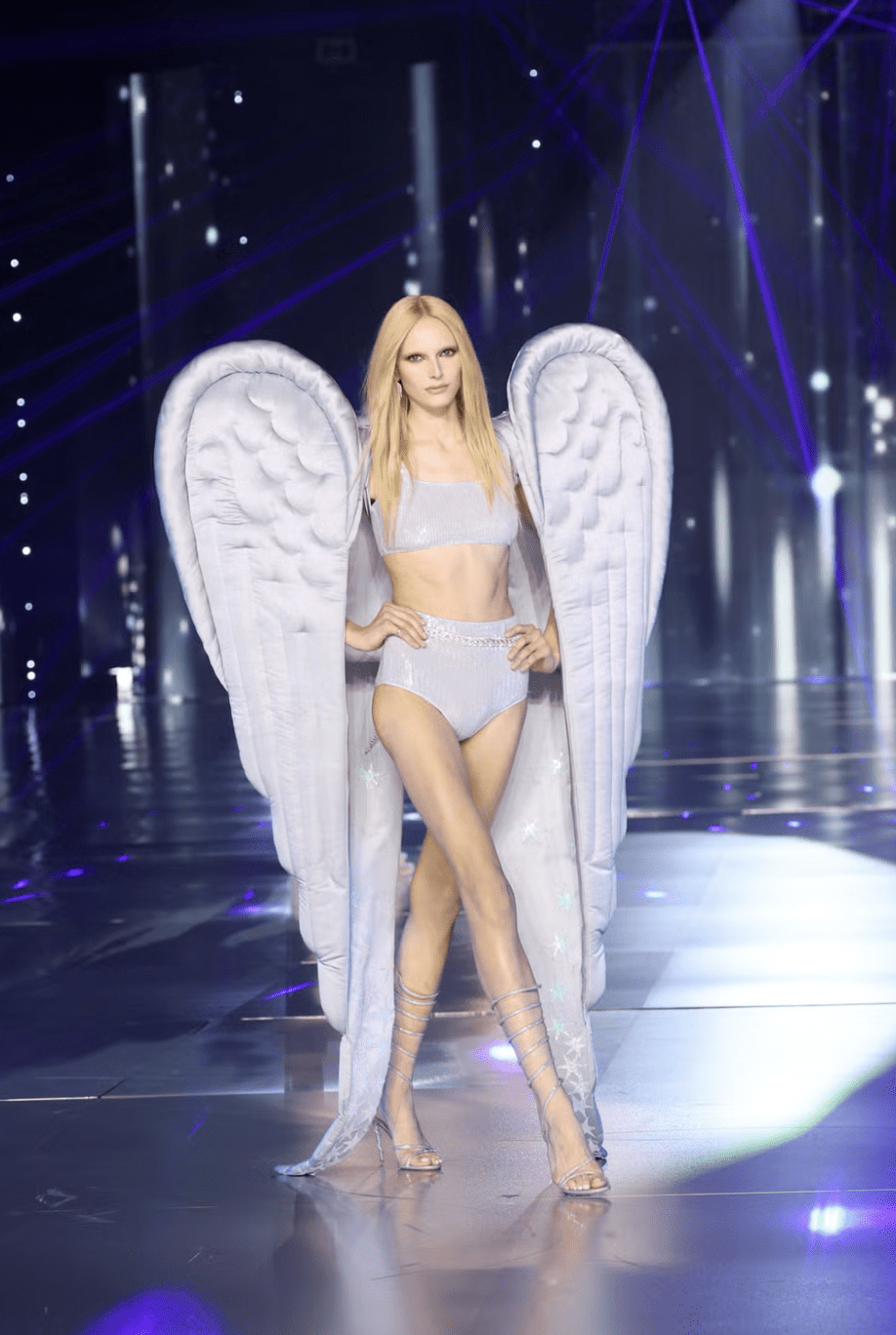
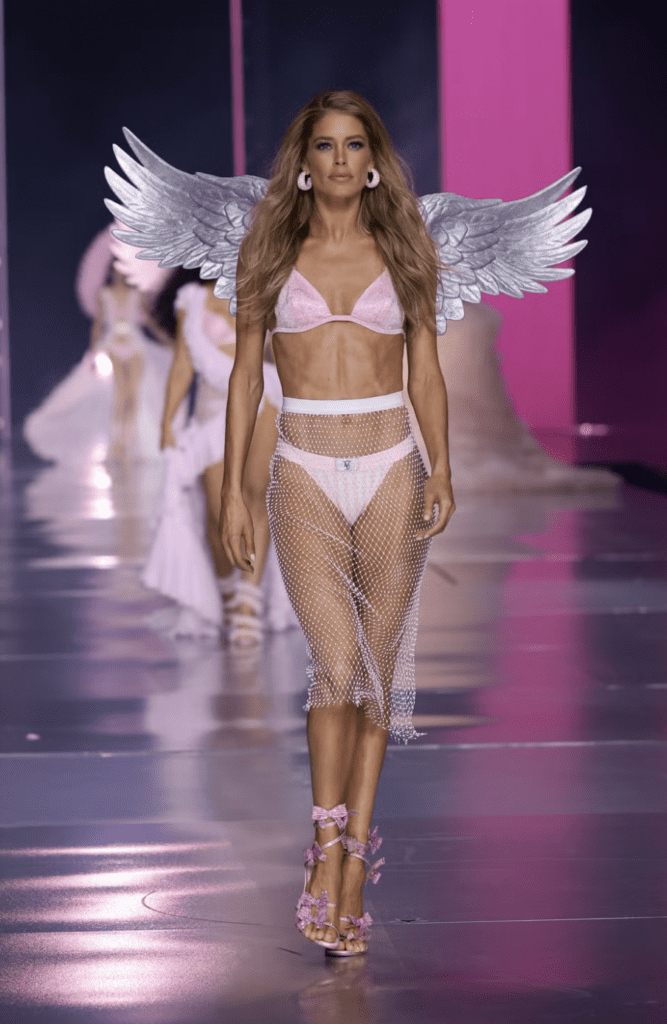
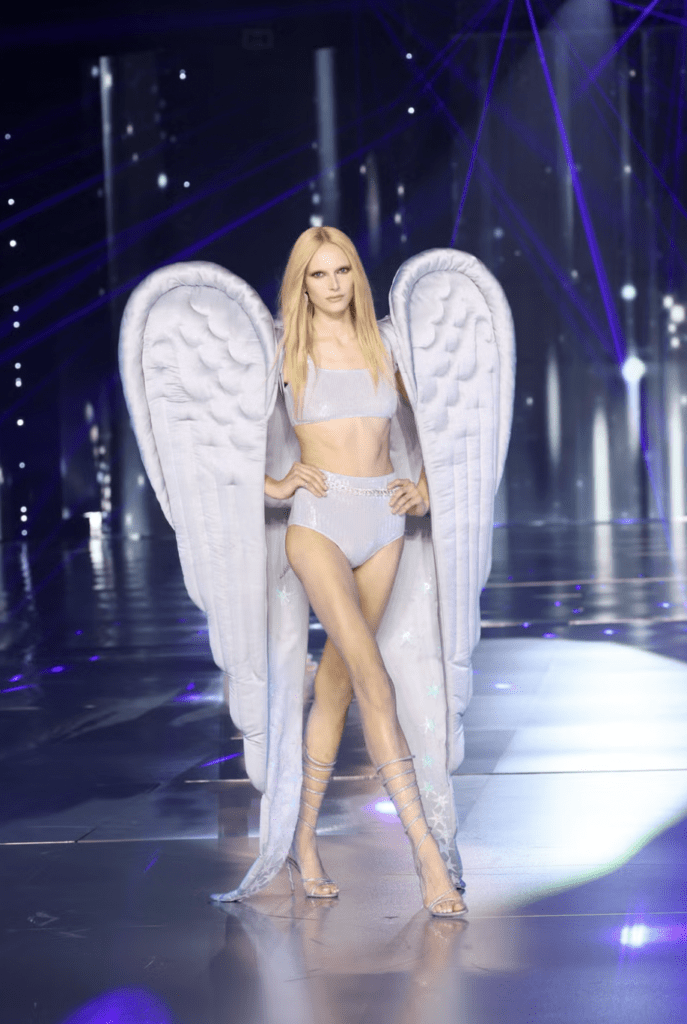
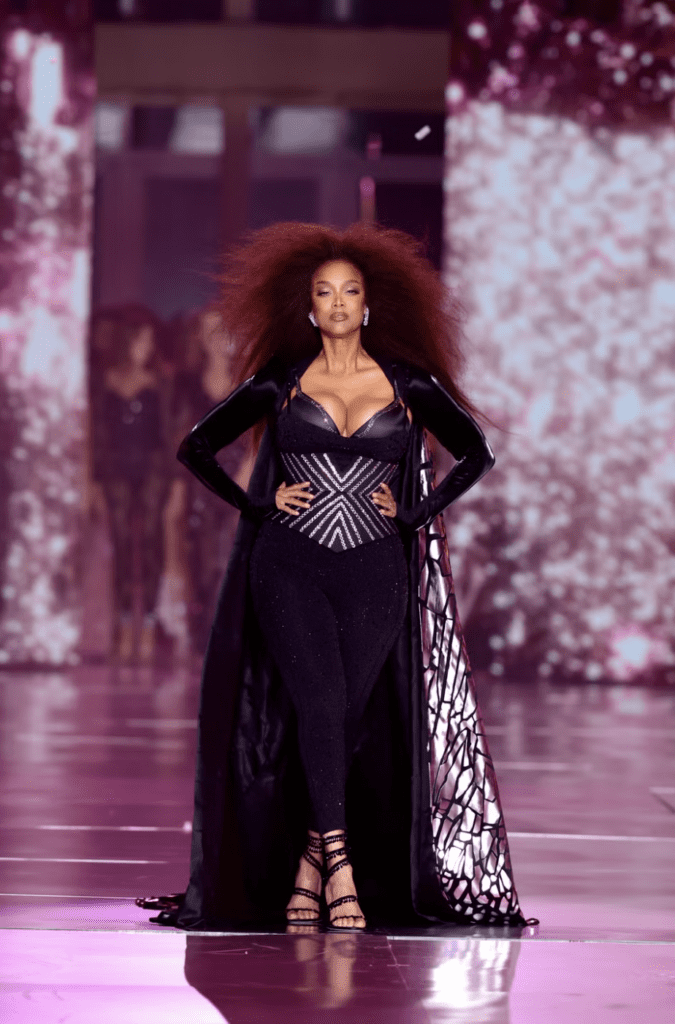
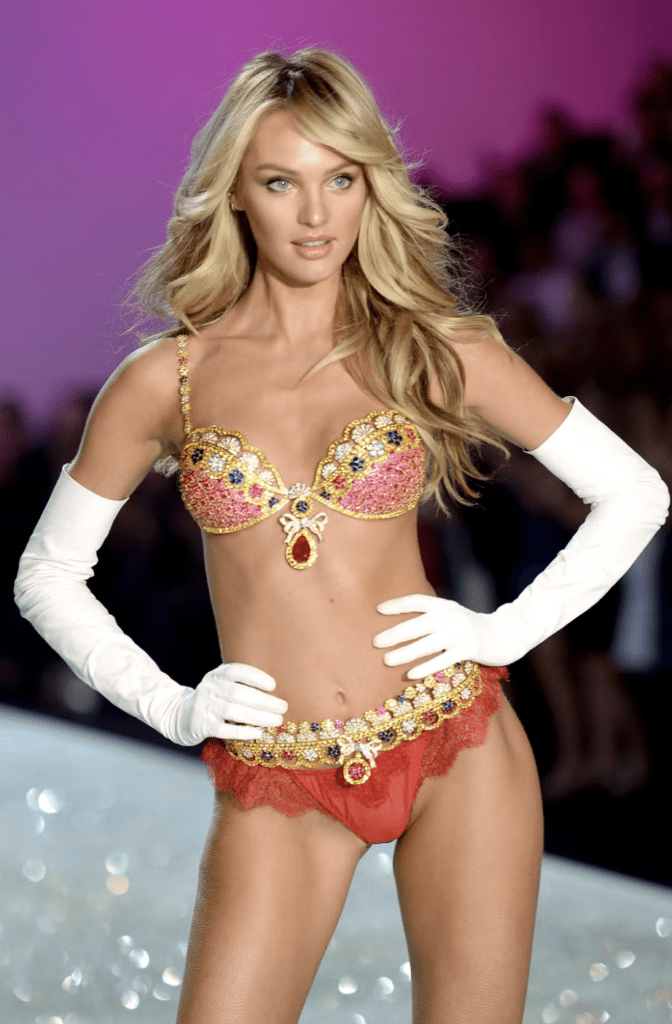
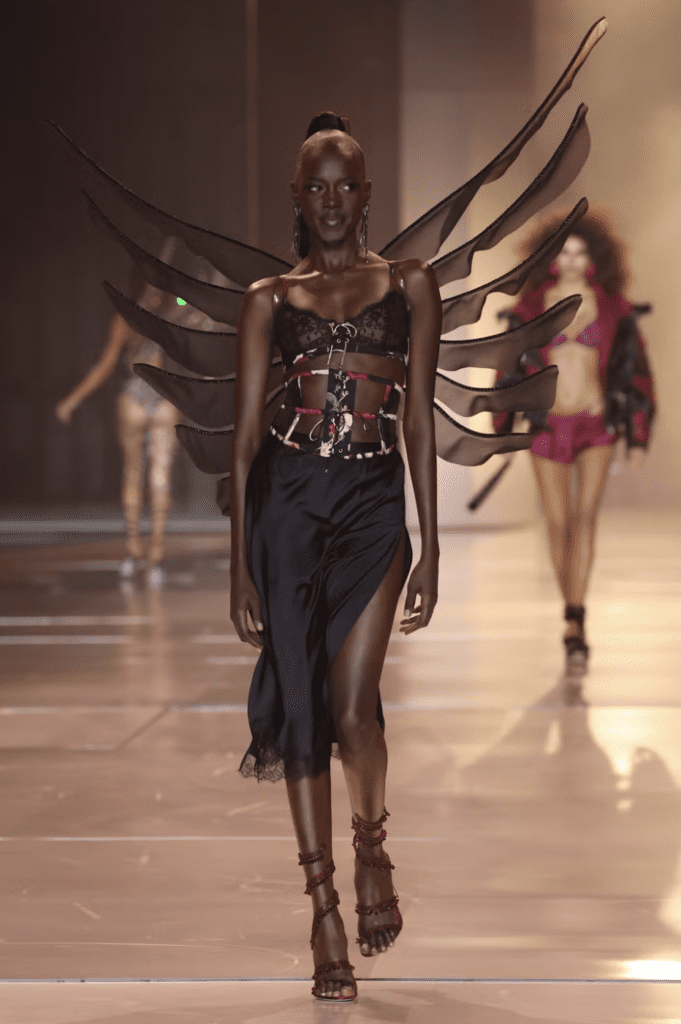
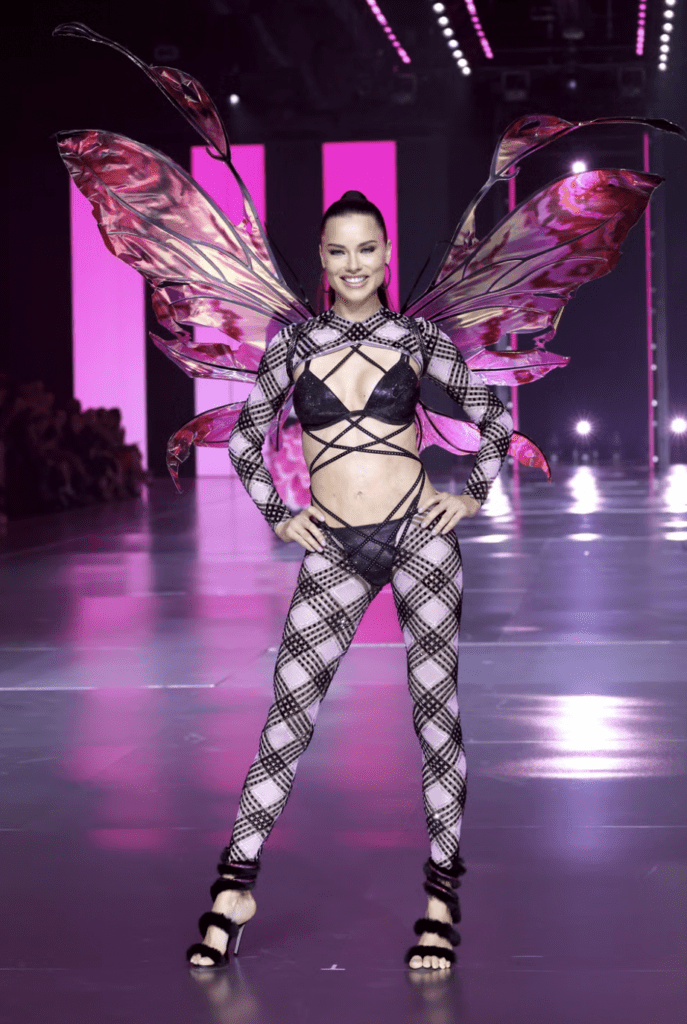
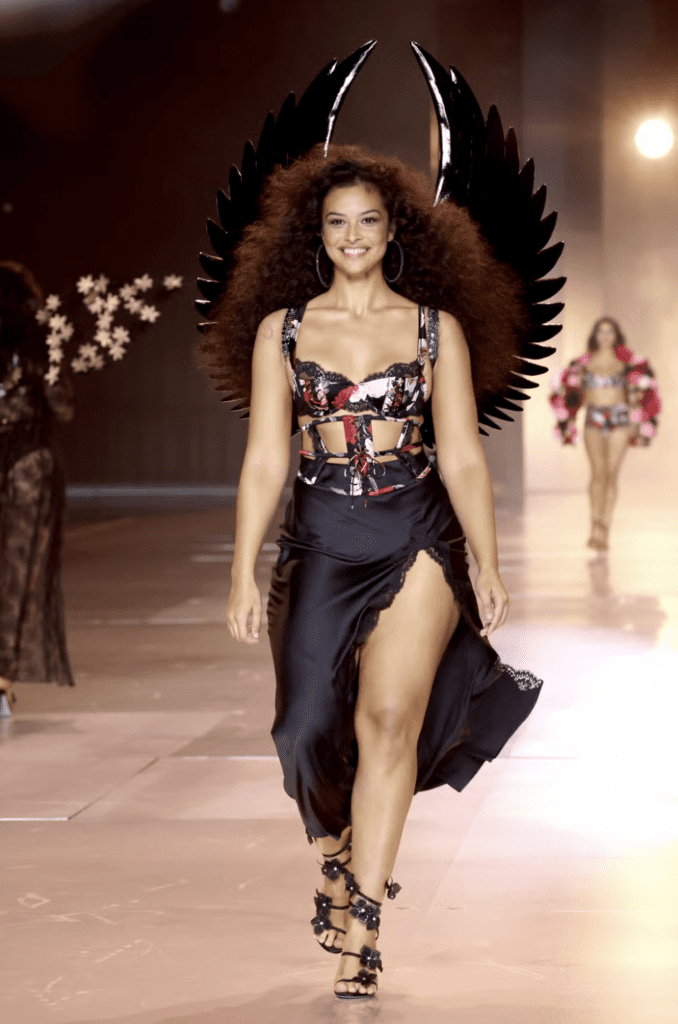
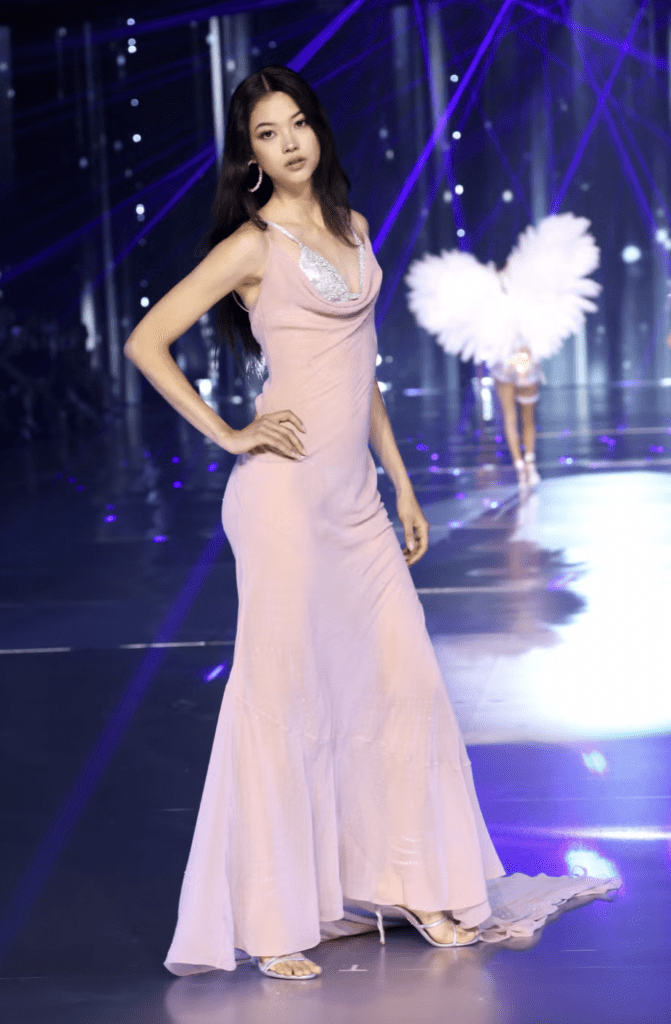
Be the first to comment